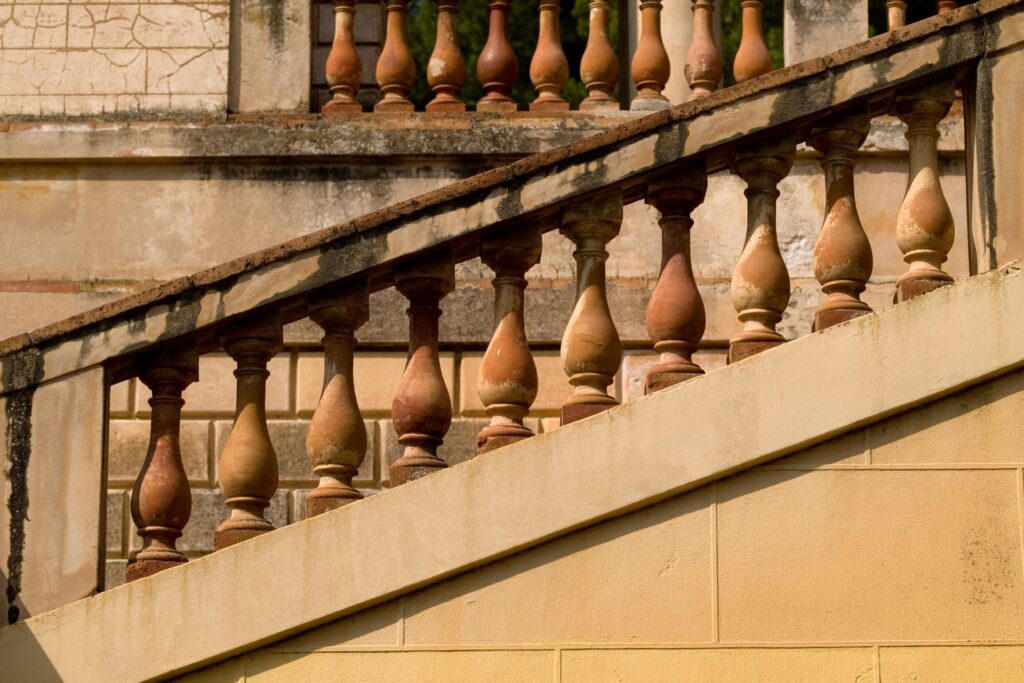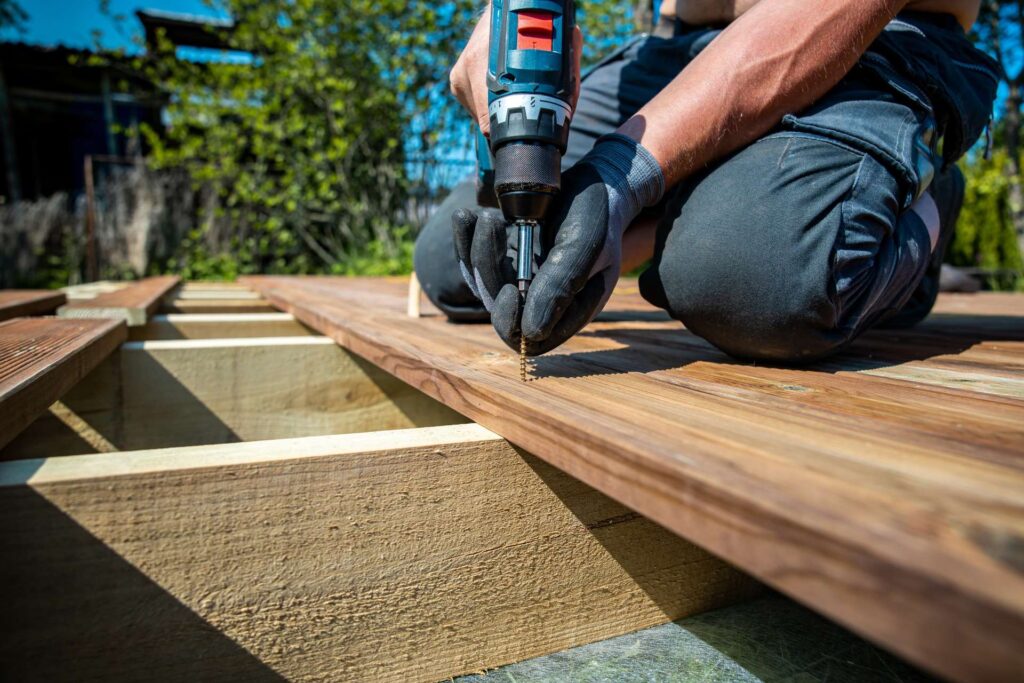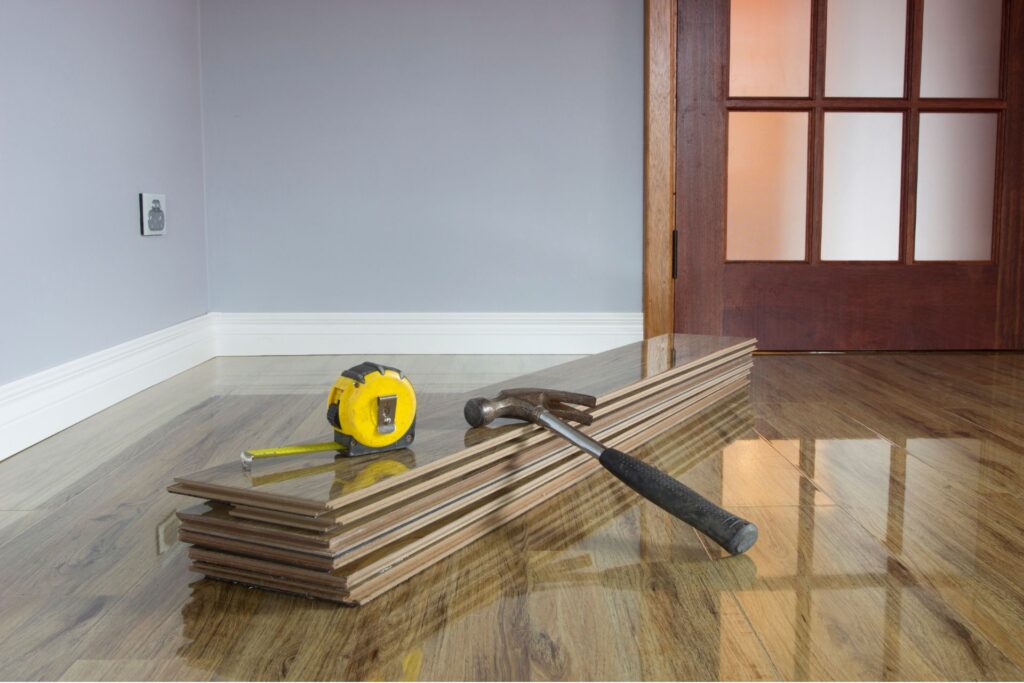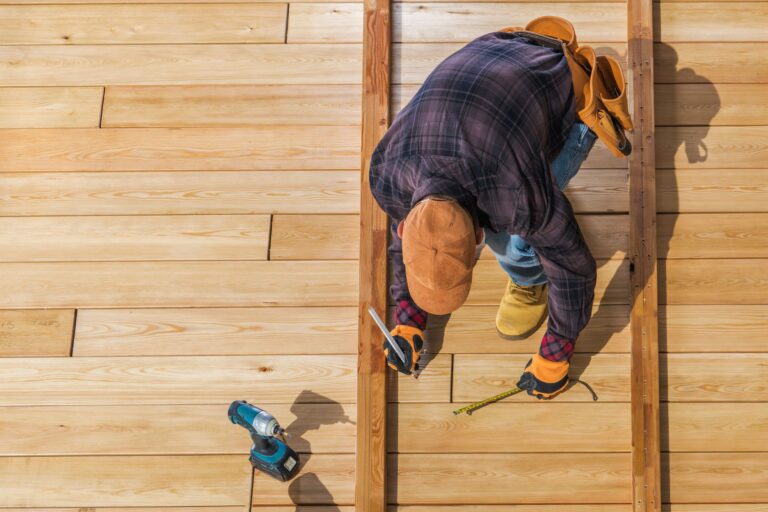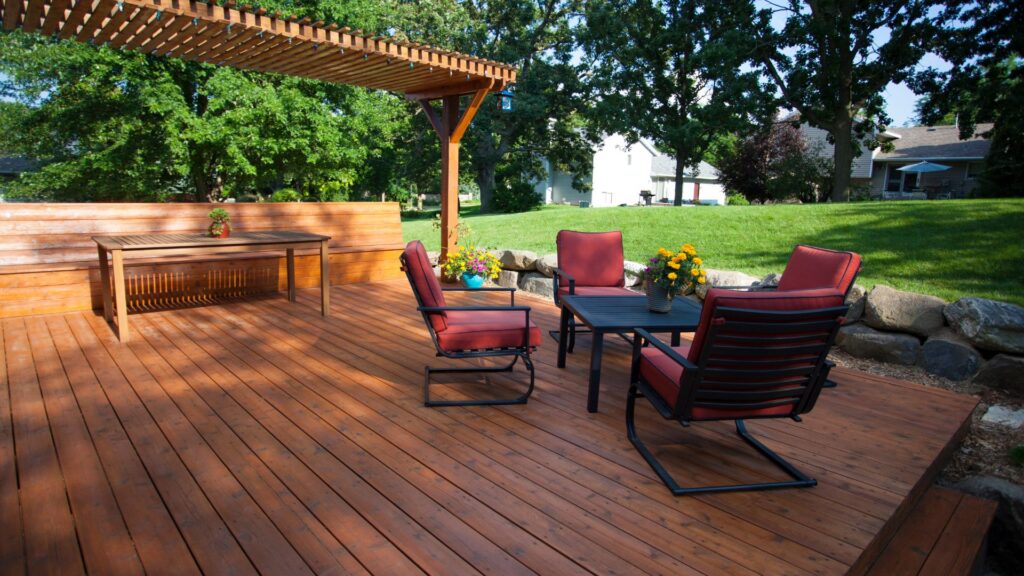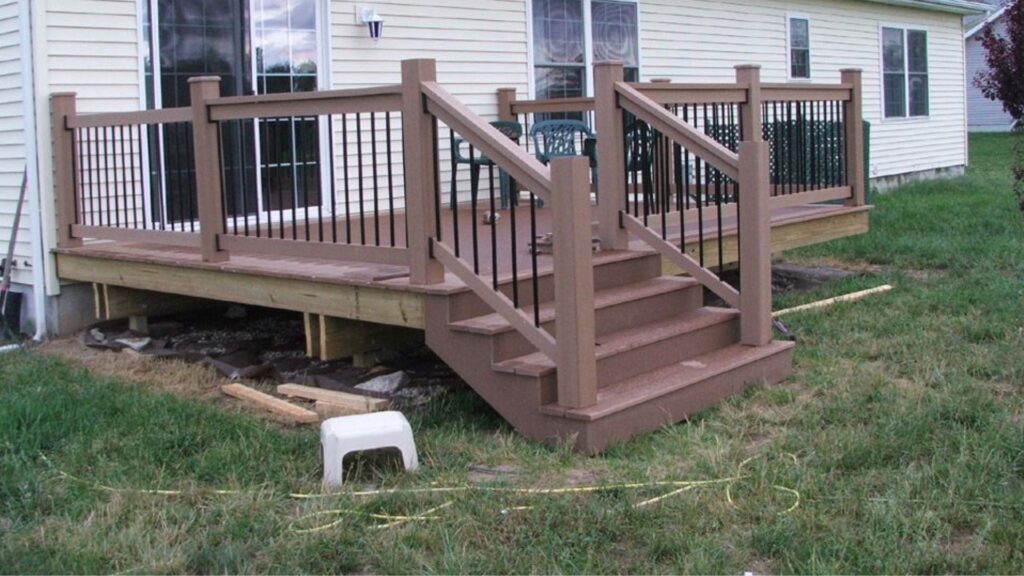Welcome to your all-in-one guide on installing balustrades in New Zealand, where we dive into everything from the vital role balustrades play in ensuring your home’s safety and enhancing its aesthetic appeal, to adhering to New Zealand-specific legal standards. Whether you’re a first-time homeowner looking to make upgrades, or you’re venturing into a DIY project, this post aims to equip you with comprehensive, easy-to-follow instructions on selecting the perfect balustrade. We’ll cover various materials and designs, decode the legal jargon surrounding building codes, and provide practical advice for both DIY enthusiasts and those considering professional installation. Let’s ensure your balustrades not only look great but are also up to standard and safe.
Installing balustrades in New Zealand requires careful consideration of both aesthetics and legal compliance. Whether you’re opting for wooden, glass, or metal balustrades, it’s crucial to understand the NZ Building Code’s requirements regarding height and materials. Additionally, local council permits may be necessary, depending on your project’s scope. For DIY enthusiasts, accurate measurements and the right tools are key, whereas more complex installations might necessitate hiring a professional. Regular maintenance ensures the longevity and safety of your balustrades, keeping your home both beautiful and secure.
Understanding Balustrades
Balustrades are an integral part of architectural design, often overlooked, yet they play a crucial role in both functionality and aesthetics. They consist of a series of posts or balusters that support a rail, forming a protective barrier or railing along staircases, balconies, and decks. This section delves into what balustrades are, their historical significance, and the various types available today, with a particular focus on popular styles in New Zealand.
What Are Balustrades?
Definition and Function
A balustrade is more than just a decorative feature; it serves essential safety functions in residential and commercial spaces. Traditionally, it prevents falls from elevated surfaces such as stairways or balconies. Beyond safety, balustrades also contribute significantly to the overall style and feel of a building, offering opportunities to enhance architectural charm and increase property value.
Brief History and Evolution
The use of balustrades dates back to as early as the Assyrian civilization, but they became prominent in architecture during the Renaissance in Italy, where they were often seen in the beautiful balconies and grand staircases of palaces. The design and materials have evolved, from the ornate stone and sculpted wood of ancient times to more modern materials like metal and glass. Each era’s style reflects its specific cultural and technological advancements.
Types of Balustrades
Materials Used
Balustrades can be crafted from a variety of materials, each with its own set of advantages and drawbacks:
Wood: Classic and warm, wooden balustrades add a traditional touch to interiors and exteriors but require regular maintenance to prevent weather damage.
Glass: Modern and sleek, glass balustrades provide unobstructed views and a sense of openness. They are durable and easy to maintain but can be more expensive.
Metal: Often used for its strength and durability, metal balustrades can be designed in a range of styles, from industrial wrought iron to contemporary stainless steel. Metal is versatile but may need treatment to prevent rust.
Design Styles in New Zealand
In New Zealand, balustrade designs often reflect the natural beauty of the landscape and the modern, minimalistic trends popular in contemporary architecture. Some common styles include:
Frameless Glass Balustrades: These are particularly favored for their clean lines and the way they allow natural light to permeate spaces without obstruction, ideal for beachfront homes that benefit from panoramic views.
Traditional Timber Balustrades: Perfect for more classic or rustic settings, these incorporate carved wooden designs that echo New Zealand’s rich heritage in woodwork.
Wrought Iron Balustrades: These are chosen for their durability and ornate patterns, suitable for properties aiming for timeless elegance.
Understanding the types of balustrades and their applications helps homeowners and architects make informed decisions that align with safety requirements and aesthetic desires. Whether upgrading a home or designing a new commercial space, the choice of balustrade can significantly influence the character and functionality of a property. Balustrades not only embody an essential safety feature but also offer a canvas for artistic expression in architectural design.
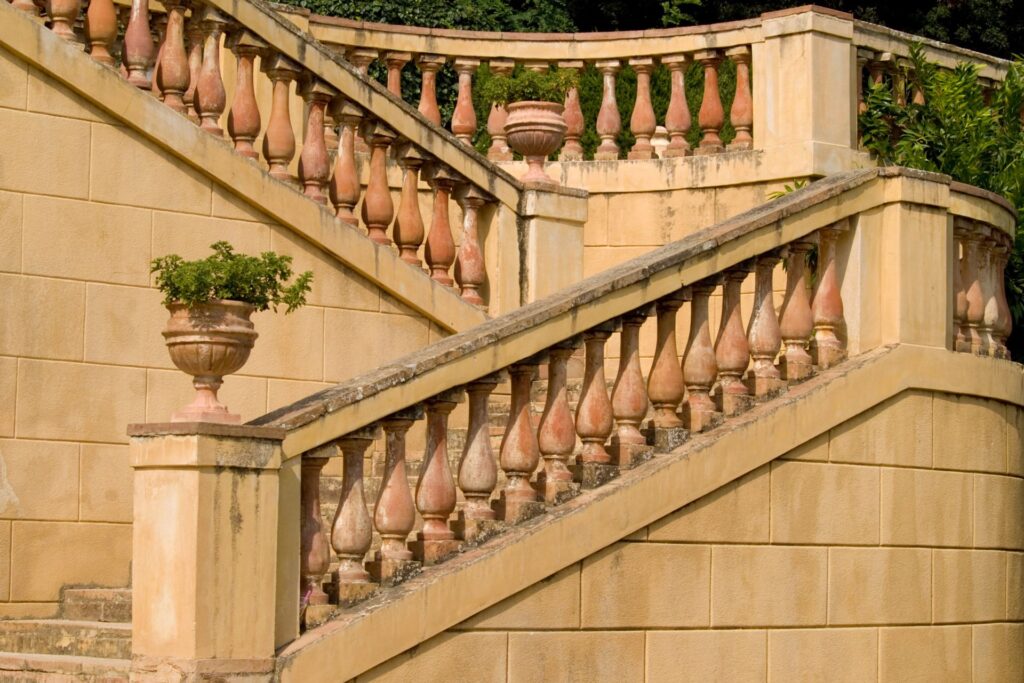
Legal Requirements For Balustrades In New Zealand
When it comes to building or renovating a home in New Zealand, ensuring that your balustrades meet the legal requirements is crucial. This not only guarantees safety but also ensures compliance with the New Zealand Building Code, which is vital for both insurance purposes and passing future property inspections. Here’s a detailed look at what you need to know about the legal requirements for balustrades in New Zealand, including the specifics of Building Code compliance and navigating council permits and regulations.
Building Code Compliance for Balustrades
1. Overview of NZ Building Code Related to Balustrades
The New Zealand Building Code sets out specific requirements for balustrades that are designed to ensure they are safe and durable. Key among these requirements are the height and material standards:
Height Requirements: The Building Code stipulates that balustrades must be at least 1 meter high for decks or platforms over 1 meter above the ground level. This height is crucial to prevent falls from elevated surfaces.
Material Standards: Materials used for balustrades must meet durability and strength standards to withstand the pressures they might face, including weather conditions and force exerted by people leaning against them. Materials commonly approved include wood, metal, glass, and certain composites.
2. Importance of Compliance for Safety and Insurance
Compliance with the Building Code is not just a legal requirement but a critical safety measure. Properly installed and compliant balustrades prevent accidents, particularly falls, which can lead to serious injuries. Moreover, compliance is often a prerequisite for home insurance policies. Insurance companies may refuse to cover incidents related to non-compliant building features, which could result in significant financial losses.
Council Permits and Regulations
1. When and Why You Might Need a Permit
Not all balustrade installations require a permit, but major renovations or new builds typically do. The need for a permit often hinges on the scale of the project and its potential impact on the structure’s safety and the surrounding environment. Obtaining a permit ensures that your construction plans are reviewed by professionals and meet local safety standards.
2. How to Navigate Local Council Regulations
Navigating local council regulations can initially seem daunting. Here’s a simplified approach:
Research: Start by visiting your local council’s website. Most councils have detailed sections on building and renovations, including downloadable guides and checklists.
Consultation: For more complex projects, consider consulting a professional, such as a licensed builder or an architect. These professionals can offer valuable insights into the specific requirements of your local council.
Application: Prepare your application by gathering all necessary documentation, which may include detailed plans of the construction, materials to be used, and a statement of compliance with the NZ Building Code. Ensure that all paperwork is completed accurately to avoid delays.
Follow-up: Once your application is submitted, keep in touch with the council to track the progress of your permit. Be prepared to provide additional information or make adjustments to your plans as requested by the council.
In conclusion, adhering to the legal requirements for balustrades in New Zealand is essential for ensuring safety, compliance with the Building Code, and smooth dealings with insurance and local councils. By understanding and following these regulations, homeowners and builders can ensure that their constructions are both safe and legally compliant.
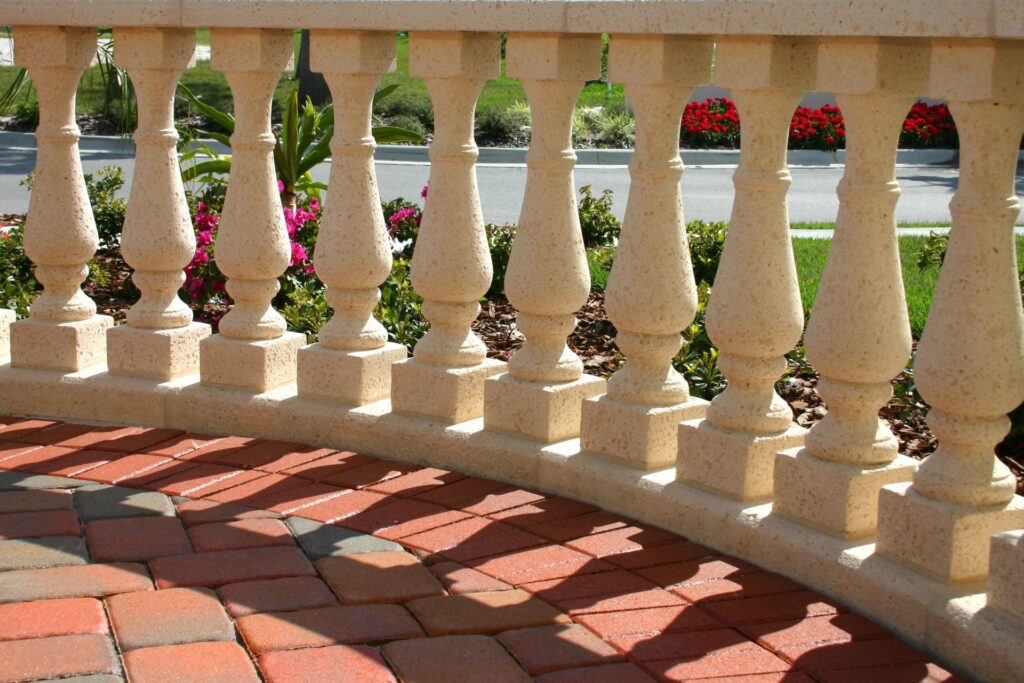
Planning Your Balustrade Installation
Planning the installation of a balustrade can enhance both the safety and aesthetic appeal of your home. Whether you’re considering a new addition for a balcony, staircase, or other areas, it’s crucial to approach this project with careful planning. Here’s how you can ensure that your balustrade installation meets all your needs in terms of safety, design, maintenance, and cost.
Choosing the Right Balustrade
When selecting a balustrade, consider the following key factors:
Safety: The primary function of a balustrade is to provide safety. Ensure that the design and materials meet local building codes and regulations, which are in place to prevent accidents and falls.
Aesthetics: A balustrade is not just a safety feature; it also plays a significant role in the visual appeal of your space. Choose a design that complements the existing architectural elements of your home. Whether you prefer a modern minimalist look with glass and steel or a classic wooden design, the right style will enhance your property’s overall aesthetic.
Maintenance: Consider how much time and effort you are willing to invest in maintenance. Materials like stainless steel and aluminum are low maintenance and durable, while wood may require regular treatment to maintain its appearance and integrity.
Cost: Budget is always a consideration in home improvement projects. The cost of balustrades can vary widely based on materials and complexity of design. It’s important to find a balance between quality and expense to ensure that you invest in a product that offers value for money.
Material and Design for Specific Locations
Balconies: For outdoor spaces, materials that withstand weather conditions like stainless steel, aluminum, or treated wood are ideal. Glass balustrades are excellent for views but require regular cleaning.
Staircases: Durability and grip are essential for staircase balustrades. Wood can provide a classic look and a warm feel. Metal balustrades, on the other hand, offer modern aesthetics and are easier to maintain.
Measurement and Preparation
Proper measurement and preparation are vital to ensure that your balustrade installation goes smoothly. Here’s a step-by-step guide to get you started:
1. Gather Tools and Materials: Before you start measuring, ensure you have the right tools. You’ll need a tape measure, a level, a pencil for marking, a drill, screws, and possibly a saw if adjustments are needed.
2. Measure Your Space: Accurate measurements are crucial. Measure the length of the area where you will install the balustrade. If it’s a staircase, measure both the length and height. For balconies, focus on the perimeter that needs to be enclosed.
Step-by-Step Measuring Guide
- Use the tape measure to determine the total length required.
- Measure the height to ensure the balustrade will be tall enough to provide safety.
- Use a level to check that all points are even. This ensures your balustrade will be perfectly horizontal or vertical, as needed.
By following these detailed steps, you can plan and execute a balustrade installation that not only looks great but also enhances the safety and functionality of your home. Remember, the key to a successful project is in the planning, so take your time to choose the right materials and prepare thoroughly for the installation.
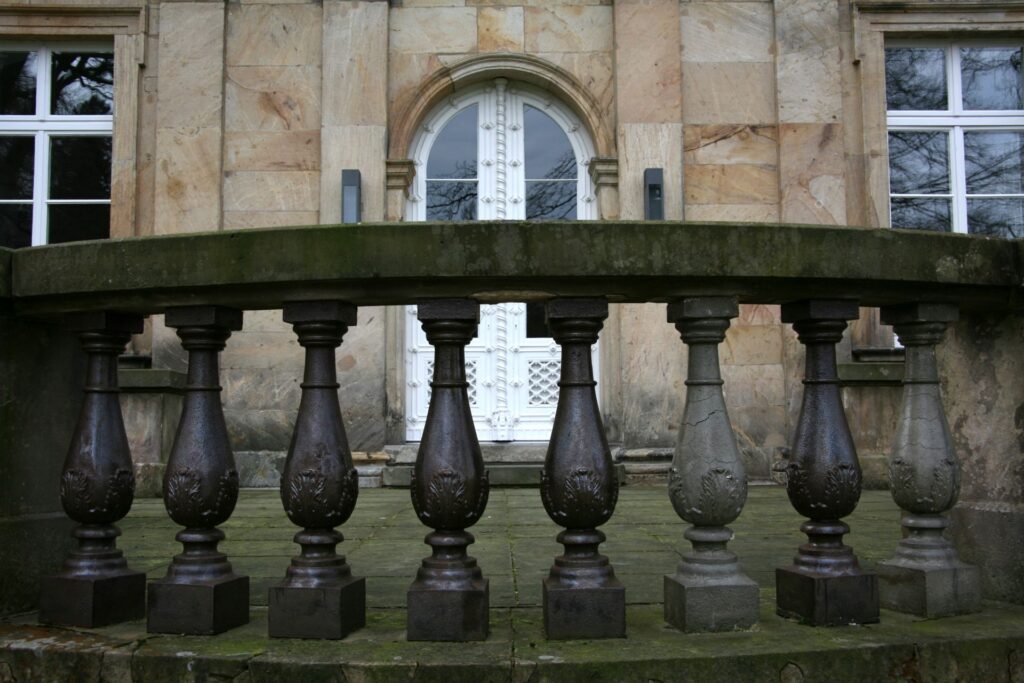
DIY Installation Guide
Installing balustrades can enhance the aesthetic appeal and safety of your home. Whether you’re updating an old railing or installing a new one, doing it yourself can be a rewarding project. This guide will walk you through the necessary tools, materials, and steps to install various types of balustrades, such as wooden and glass, while also highlighting important safety tips and common mistakes to avoid.
Tools and Materials Needed
Before you begin your installation, ensure you have all the right tools and materials. Here’s a comprehensive checklist:
1. Measuring Tape: Essential for precise measurements of the area where the balustrade will be installed.
2. Level: To ensure your balustrades are perfectly horizontal and vertical.
3. Drill and Drill Bits: Required for making holes in the wall or floor to secure the balustrade.
4. Screwdriver and Screws: For assembling parts of the balustrade and securing them in place.
5. Allen Wrenches: Often needed for tightening screws in balustrade kits.
6. Silicone Sealant: Useful for glass balustrades to provide stability and waterproofing.
7. Safety Goggles and Gloves: To protect your eyes and hands during the installation process.
Make sure you have all these tools and materials ready before starting the installation to make the process smooth and efficient.
Step-by-Step Installation Process
Wooden Balustrades
1. Measure the Area: Carefully measure the length and height where the balustrade will be installed.
2. Cut the Wood: Based on your measurements, cut the wooden posts and rails to fit the area.
3. Install Posts: Secure the posts at equal intervals along the designated line, ensuring they are perfectly vertical using a level.
4. Attach Rails: Connect the top and bottom rails to the posts. Check alignment with a level.
5. Install Balusters: Fit the balusters evenly between the rails. Ensure they are securely attached and evenly spaced.
Glass Balustrades
1. Prepare the Area: Measure and mark where the glass panels will go.
2. Install Base Clamps: Secure the clamps that will hold the glass panels on the floor or side of the deck.
3. Set the Glass Panels: Carefully place the glass panels into the clamps and tighten them to secure the panels.
4. Seal with Silicone: Apply silicone sealant around the edges for additional stability and waterproofing.
Common Mistakes to Avoid
Skipping Measurements: Always double-check your measurements before cutting or installing any parts.
Ignoring Leveling: Use a level to ensure all parts are perfectly horizontal and vertical.
Over-tightening Screws: This can cause damage to both wooden and glass balustrades. Tighten until firm, but do not overdo it.
Safety Tips
Wear Protective Gear: Always wear safety goggles and gloves to protect yourself from injuries.
Check Tool Functionality: Before starting, ensure all tools are in good working condition to avoid accidents.
Keep the Area Clean: Maintain a clean and organized work area to prevent tripping or other hazards.
By following these detailed steps, using the right tools, and observing safety precautions, you can successfully install your balustrades, enhancing both the beauty and safety of your home. This project not only saves you money but also gives you the satisfaction of having done it yourself. Remember, taking your time to do it right is key to a successful installation.
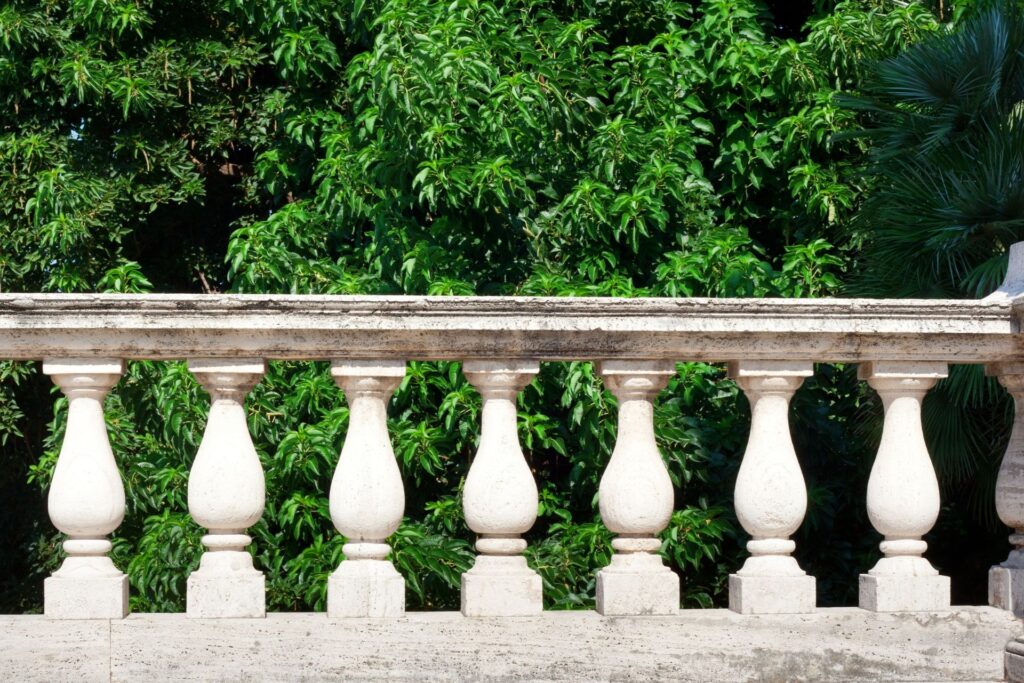
Hiring Professionals
When embarking on home improvement projects, whether it be renovating your kitchen or installing a new heating system, there often comes a point where you must decide whether to DIY or call in a professional. This decision not only impacts the quality and safety of the job but can also have legal implications. Understanding when to hire a professional and how to select the right one is crucial for the success of your project.
When to Hire a Professional
Scenarios Where Professional Help is Recommended or Required by Law:
Many home improvement projects, especially those involving structural changes, electrical work, or plumbing, require specialized knowledge and skills that go beyond the typical DIY approach. For instance, any project that alters the home’s original blueprint or involves the main electrical supply often necessitates professional installation. Additionally, certain tasks might be legally mandated to be performed by a licensed professional to comply with local building codes and insurance requirements. These regulations are put in place to ensure safety, and failure to comply can lead to significant penalties, including fines or voiding your home insurance.
Benefits of Professional Installation:
Hiring professionals comes with numerous advantages. Firstly, the quality of work is generally higher as professionals have the specific skills and tools to perform the job correctly. This can significantly reduce the risk of errors and future maintenance issues. Secondly, professional installation usually comes with warranties and guarantees, providing you peace of mind knowing that any problems related to the installation will be resolved without additional costs. Lastly, professionals can often complete the job more quickly and efficiently due to their experience and expertise, saving you time and potentially reducing the inconvenience of having ongoing work in your home.
How to Choose the Right Contractor
Key Factors to Consider in a Contractor
When it comes to selecting the right contractor for your project, several criteria should guide your decision:
Certifications: Ensure that the contractor holds all the necessary local and national certifications. These certifications are a testament to their expertise and adherence to industry standards.
Experience: Look for contractors who have extensive experience with your type of project. Experienced contractors are likely to handle unforeseen issues more effectively and efficiently.
Reviews: Check online reviews and testimonials from previous clients. A reputable contractor should have a robust track record of satisfied customers. Websites like Angie’s List, HomeAdvisor, and even Google and Yelp can provide insights into other homeowners’ experiences with the contractor.
Questions to Ask Before Hiring a Contractor
Before finalizing any contracts, it’s important to conduct an interview with potential contractors. Here are some essential questions to ask:
- Can you provide a detailed written estimate? This estimate should include the cost of labor, materials, and any other expenses related to the project.
- What is the projected timeline for completion? Understanding the timeline is crucial for planning and ensures that the work aligns with your schedule.
- Do you have liability insurance and worker’s compensation? These are vital as they protect you from being liable for any accidents that occur on your property during the project.
- Can you provide references from previous projects similar to mine? Contacting previous clients can give you a clearer picture of the contractor’s work quality and professionalism.
By carefully selecting a skilled professional for your home improvement projects, you can ensure high-quality work that complies with all relevant regulations, ultimately enhancing the value and safety of your home.

Maintenance And Care For Balustrades
Balustrades, an essential architectural feature for staircases, balconies, and terraces, not only enhance safety but also contribute to the aesthetic appeal of a space. Ensuring their durability and beauty requires regular maintenance and care. This guide offers practical advice on maintaining various types of balustrades and addresses common issues you might encounter.
Routine Maintenance Tips for Balustrades
1. Material-Specific Care Tips
Wooden Balustrades: To preserve the natural beauty and integrity of wood, regular cleaning and occasional refinishing are necessary. Use a soft brush and mild soapy water to clean, and apply a wood preservative annually to prevent rot and insect damage.
Metal Balustrades (including wrought iron, steel, and aluminum): Metal balustrades should be checked for rust or corrosion spots, which can be treated with rust remover and protected with metal paint or a rust-inhibitor. Regularly clean with soapy water and dry thoroughly to maintain the finish.
Glass Balustrades: Glass panels should be cleaned regularly with glass cleaner or a mixture of vinegar and water to keep them streak-free and clear. Check for chips and scratches, which can compromise the strength of the glass.
Stone Balustrades: Stone requires less frequent maintenance but should be cleaned with a pH-neutral cleaner to avoid discoloration. Inspect for signs of cracking or weathering, which may require professional restoration.
2. Regular Maintenance Schedule:
Establishing a routine maintenance schedule is crucial for the longevity of your balustrades. This includes:
Monthly Inspections: Quick checks for any visible damage or wear.
Annual Detailed Review: A comprehensive inspection by a professional to assess structural integrity and detailed elements, ensuring everything is secure and up to code.
Troubleshooting Common Issues with Balustrades
1. Common Problems and DIY Fixes
Loose Fittings: Over time, the fittings that hold balustrades in place can become loose. Tightening the screws or bolts can often resolve this issue.
Minor Corrosion or Rust: Treat early signs of rust on metal balustrades with a wire brush and apply a primer and paint designed for metal.
Squeaking Wooden Balustrades: This can typically be remedied by applying lubricant or wax to the affected parts.
2. When to Call a Professional:
While many minor issues can be addressed through DIY methods, certain problems require professional attention:
Structural Damage: If there is any sign of significant wear or structural instability, consult a professional.
Severe Material Damage: Large cracks, deep rust, or extensive wood rot should be professionally assessed and repaired to ensure safety.
Installation of New Components: Replacing or adding new sections of balustrades should be handled by professionals to guarantee that the installation meets safety standards and building codes.
Maintaining your balustrades not only ensures safety but also preserves the value and beauty of your property. By following these maintenance tips and knowing when to seek professional help, you can keep your balustrades in pristine condition for years to come. Regular care and timely intervention are key to avoiding costly repairs and replacements in the future.
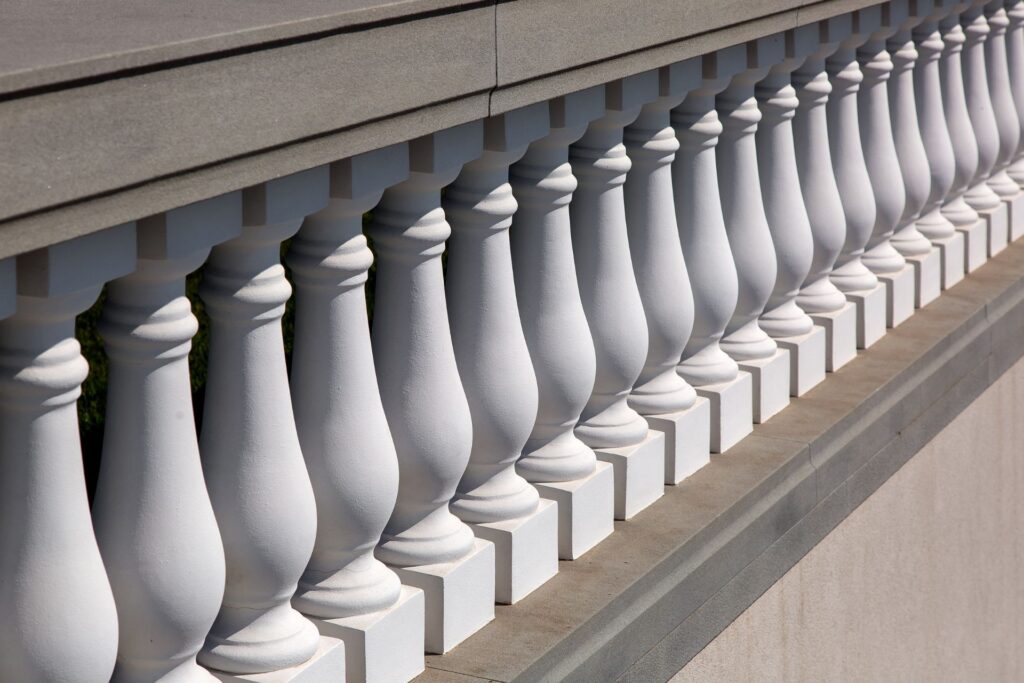
FAQs: About Installing Balustrades NZ
Conclusion
When it comes to enhancing both the aesthetics and safety of your home, choosing the right balustrade and ensuring its proper installation cannot be overstated. It is crucial not only for the visual appeal of your space but also for meeting rigorous safety standards. Adhering to local regulations and safety codes is imperative to ensure that your installation abides by the necessary legal requirements, providing peace of mind and security for all occupants. We encourage you to engage with us by sharing your own experiences or posing questions in the comments section below. Your insights can help enlighten others within the community, fostering a richer understanding and appreciation for the careful consideration required in selecting and installing the perfect balustrade for your home.
Find A Professional Deck Builder Near You!
- Balcony Construction Christchurch
- Deck Builders Alexandra
- Deck Builders Alexandra, Clyde & Cromwell
- Deck Builders Auckland
- Deck Builders Central Otago
- Deck Builders Christchurch
- Deck Builders Clyde
- Deck Builders Cromwell
- Deck Builders Hamilton
- Deck Builders Hawkes Bay
- Deck Builders Invercargill
- Deck Builders Kapiti Coast
- Deck Builders Lower Hutt
- Deck Builders Nelson
- Deck Builders Palmerston North
- Deck Builders Porirua
- Deck Builders Queenstown
- Deck Builders Taupo
- Deck Builders Upper Hutt
- Deck Builders Wanaka
- Deck Builders Wellington
- Deck Builders West Auckland
- Deck Staining Palmerston North
About the Author:
Mike Veail is a recognized digital marketing expert with over 6 years of experience in helping tradespeople and small businesses thrive online. A former quantity surveyor, Mike combines deep industry knowledge with hands-on expertise in SEO and Google Ads. His marketing strategies are tailored to the specific needs of the trades sector, helping businesses increase visibility and generate more leads through proven, ethical methods.
Mike has successfully partnered with numerous companies, establishing a track record of delivering measurable results. His work has been featured across various platforms that showcase his expertise in lead generation and online marketing for the trades sector.
Learn more about Mike's experience and services at https://theleadguy.online or follow him on social media:

